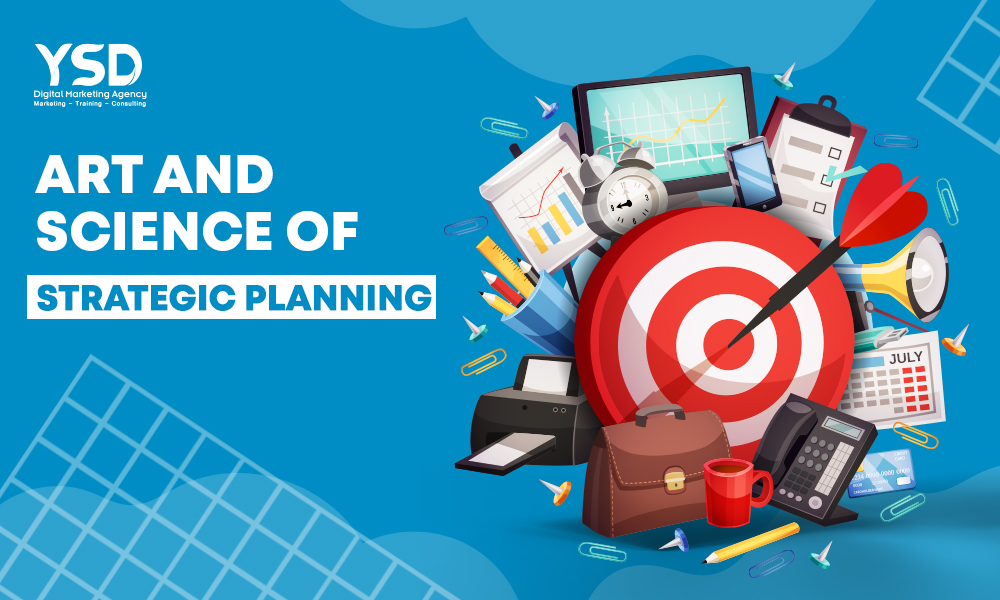Being able to craft a strategic plan in the business world of today is much more than a skill. Great leaders know that a strategy is more than an action item; it is the master plan to position ourselves in the long term and outmaneuver the competition.

How Strategic Thinkers Defend Their Turf
Successful strategies come from a deep understanding of our operations and a fine sense of the market. As leaders, we have to invest our own time to understand the fine details within our business, including how our customer needs are changing and how stakeholders make decisions. This deep insight is important in crafting strategies that meet but go beyond expectations.
Embracing the Future for Success
An important part of strategic planning is the ability to be changing. Businesses need to periodically check whether their purpose and scope of activities are still in line with future success factors. As and when future trends or market conditions change, a revision to our strategic approach might be an essential piece of the puzzle in staying relevant and growing in impact.
There are plenty of alternatives for every customer and stakeholder. The challenge for businesses is to be aware of these choices and how they relate separately to what we offer. Having successfully evaluated the strengths and weaknesses of our own and our competitors’ solutions, we will be able to formulate strategies which position us distinctively in the market.
Positioning is more than a marketing tactic; it’s about embedding our brand in the minds of the customers and stakeholders. The goal is to rank favorably in their mental hierarchy of choices, ensuring that when they think of solutions, our name is top of mind.
Building a Competitive Edge
A competitive strategy is an approach that must set our business apart from others. A practical strategy will use our strong suits in business and present a valuable argument as to why customers should choose our offerings over others. This is the competitive edge that builds confidence and drives customer loyalty.
Customer Centricity
Customer centric strategy: In the heart of any successful strategy, the resident is the customer. A strategy should be designed from the ‘outside-in.’ That means directly that a strategy is shaped with an understanding of and anticipation for customer needs and preferences. The approach ensures that whatever we plan is in alignment with what matters most to our audience.
Balancing Internal with External Factors
Good strategy involves walking a tightrope. Successful leaders must balance the demands placed on the organization by the market and stakeholders with the internal capabilities of human, technical, and financial resources.
Leveraging Insights for Strategy
Data and insights are invaluable in the thinking of strategies for planning. They clearly give a view on the trends in the market, the dynamics of competition, and internal performance that would provide the leader with the necessary information when making the relevant decision on where best to adjust the strategy.
In summary, any business leader desiring to rise up over the rest in a competitive business environment develops the art of strategic planning. Such an approach entails a full appreciation of internal capability and external opportunity, becoming proper means to deliver customer focused solutions and adapting to incessant change. Those ready and serious about enhancing our strategic approach so that we can take our business to new frontiers can make embracing these principles truly transformational.



